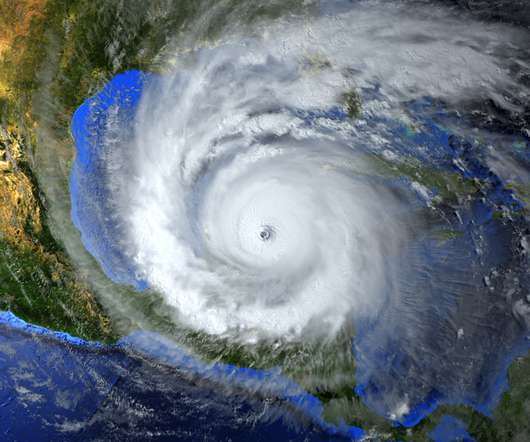Chronic Hazards
everbridge
MAY 2, 2023
Four steps for organizations to proactively address chronic hazards Global climate change continues to have a profound impact on businesses worldwide, with chronic hazards such as flooding, wildfires, and extreme weather conditions posing a significant risk to industries.




















Let's personalize your content